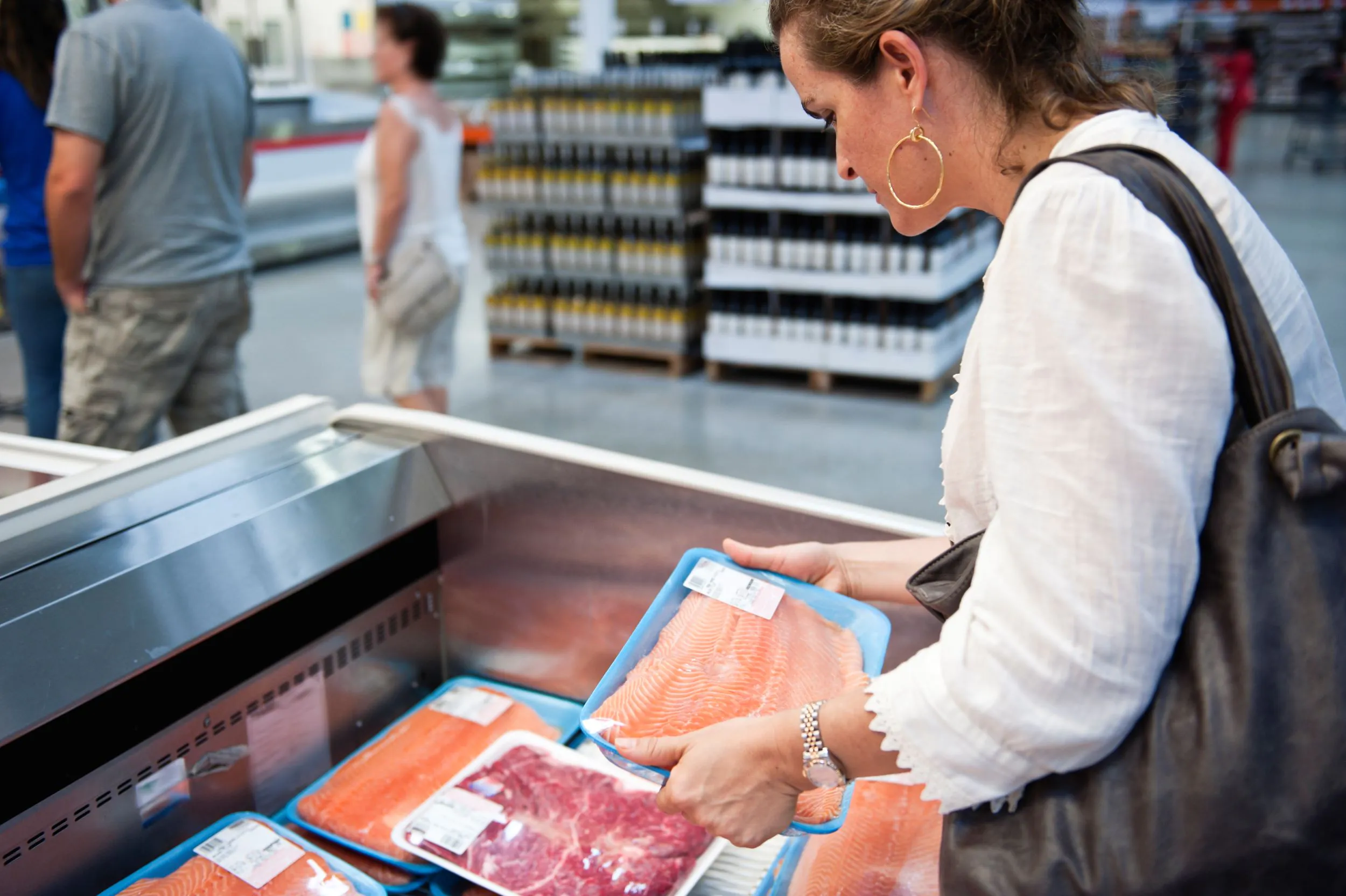The global landscape is changing in ways both beneficial and challenging for the seafood production industry. Advances in technology and in fishing and production practices have improved the freshness and quality of frozen seafood. Seafood farms are thriving, and many wild fish populations have recovered from overharvesting. Fish is also a recommended part of a weekly diet by many health organizations.
However, individual perceptions of seafood can vary significantly based on a person’s positive or negative experiences with it, and many people eat far less seafood than the recommended 2 servings a week. Consumers have higher expectations for sustainable practices from food suppliers than in the past, and rising inflation levels mean moderate- to low-income buyers are spending less on expensive seafood products. There’s also the question of whether artificial and cell-cultivated seafood products will pose a threat to the seafood production industry.
The Seafood Market Niche
Seafood makes up a relatively small percentage of the global food industry and of consumer protein choices. In the US, it’s only used in about 5% of in-home meals, with roughly half the population consuming fish between twice a month and twice a year. Only 12% of people have fish several times a week, despite common dietary recommendations of 2 servings of fish per week.
This challenge may also be an opportunity: with so few people making seafood a regular part of their diet, there is much room in the market for demand to grow. Healthy diets continue to be a powerful trend in the industry, and emphasising the health benefits of fish and other seafood over other types of meat may help raise consumer interest. The presence of Omega-3 fatty acids and other nutritional benefits could help combat negative perceptions of seafood.
The seafood production industry also faces the negative perception that wild fish (or any fish at all) may contain levels of mercury, microplastics, and other substances that are dangerous to consume in significant quantities. These health concerns are sometimes perceived to outweigh the benefits of seafood, causing consumers to avoid fish altogether. Marketing and sourcing practices can help in this area as well: clear communication and traceability about the origins of seafood products may reduce concerns about quality and safety.
Sustainability
Sustainability is a growing concern across industries and will continue to be over the next several years. Government regulations over harvesting quantities, methods, and locations are becoming stricter and buyer expectations are rising, particularly among the younger generations. For these consumers, sustainability can be an even stronger concern than health benefits and risks, expecting companies to be accountable for where their food comes from and how it’s produced. Dietary advisors may increasingly turn away from seafood and towards plant-based alternatives as an option that is perceived to be both healthy and good for the environment, regardless of how accurate those perceptions may be.
In order to stay competitive in this environment, companies are adopting new technologies, practices, and certification programs. Automation and robotics help improve the efficiency, food safety, and quality of seafood production. Waste reduction techniques such as using seafood byproducts as ingredients in other products help improve efficiency and lower a company’s impact on the environment. Seafood producers are also working to produce more antibiotic- and chemical-free foods, and to provide greater transparency and traceability across the supply chain.
A Cultivated Alternative
Seafood alternatives currently make up only a small portion of the market, with plant-based seafood products accounting for only 0.1% of seafood sales in the US. In comparison, plant-based meat alternatives constitute 1.4% of US meat sales. However, some innovators are introducing a new option: cell-cultivated seafood.
Cell cultivation is done by taking a sample from a living fish and letting those cells grow inside large tanks until they form the type of meat typically found on a fish fillet. Wildtype and BlueNalu are two US companies producing cell-cultivated seafood as an alternative to traditional production that doesn’t face challenges such as overfishing, pollution, and insufficient traceability. Wildtype produces sushi-grade coho salmon while BlueNalu is currently focusing on bluefin tuna toro. There are a number of other businesses exploring this market as well, both in the US and around the world.
There are some criticisms of cell-cultivated seafood as a replacement for fishing and farming, however. The cost of these products will be relatively high and they may not be able to be produced in high enough volumes to replace other seafood products. Cultivated products will need to taste as good as the competition, be price-competitive, have comparable nutritional content, be easy to find, and overcome the aversion that some percentage of consumers will feel towards “lab-grown” meat. Otherwise, it’s simply an additional product in the market alongside traditionally produced seafood. There may be room in the market for both, with cell-cultivated seafood attracting wealthy consumers looking for a novelty and those who are environmentally conscious, but it may be a challenge to truly compete with conventional products.
Pricing and Purchasing Power
Inflation and other cost-of-living increases are impacting buyers’ choices at the supermarket. Seafood tends to be more expensive than other proteins, making it more popular among affluent customers than among those in lower income brackets. As costs rise, consumers are “trading down” into cheaper seafood products — from fresh to frozen to canned — or to other meats entirely. Consumers are shopping less often and spending more money on fewer items, with many people opting for cheaper products in order to get the most out of their budgets. Seafood production companies therefore may find it advantageous to focus on affluent customers as their target market for fresh seafood and ensure they have products available at lower price points to capture an increasing number of budget-conscious shoppers.



